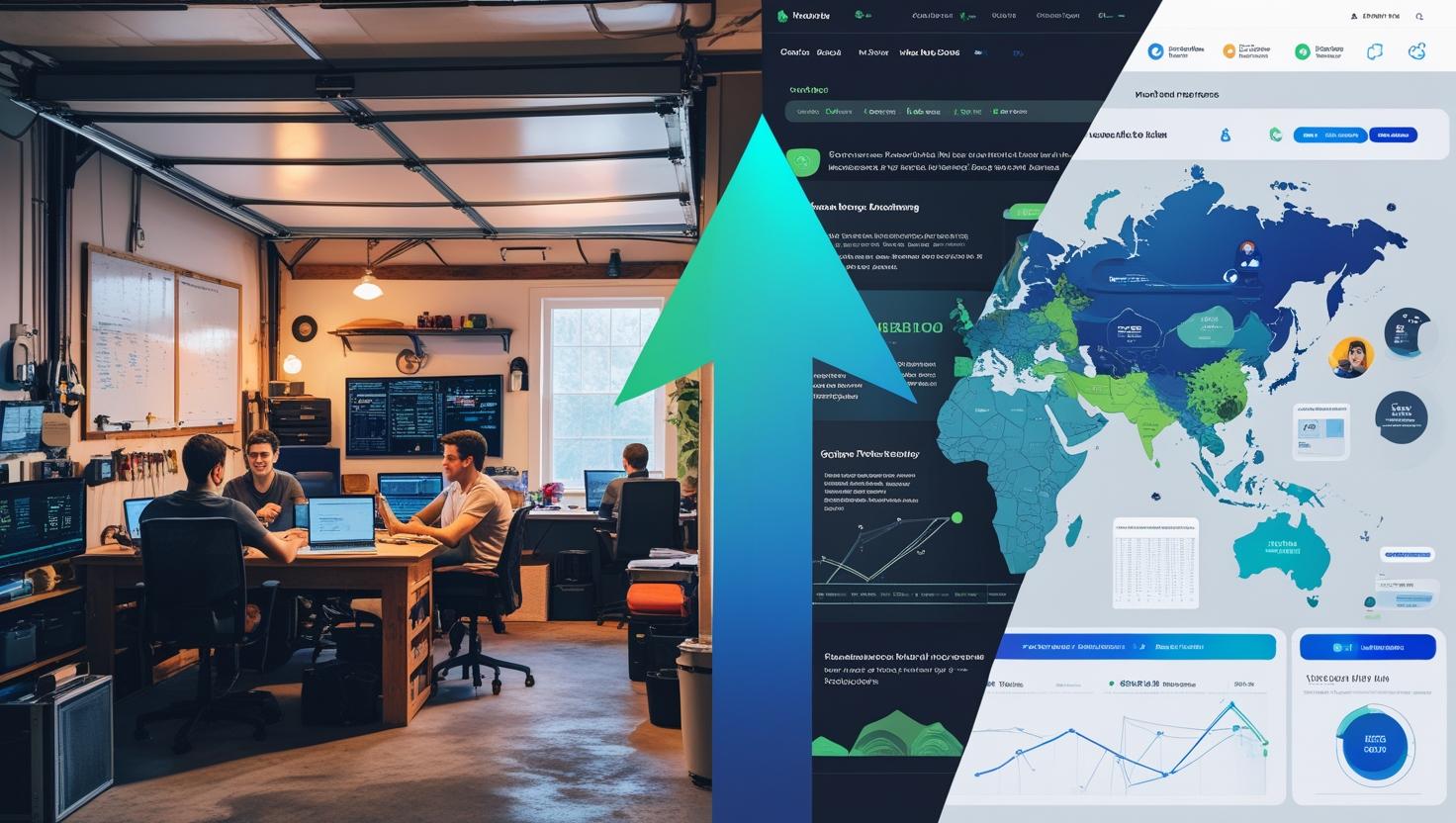Introduction: The Rise of AI in ERP Systems
Enterprise Resource Planning (ERP) systems have long been the backbone of business operations, but AI-driven solutions like Nusaker are pushing boundaries. By 2025, 65% of enterprises will adopt AI-enhanced ERP platforms to streamline supply chains, financial forecasting, and customer engagement. Nusaker’s AI-first approach exemplifies this shift, merging machine learning with real-time data analytics to deliver smarter decision-making tools.
What Are AI-Driven ERP Systems?
AI-driven ERP systems integrate machine learning (ML), natural language processing (NLP), and predictive analytics into traditional ERP frameworks. Unlike legacy systems, platforms like Nusaker:
- Automate repetitive tasks (e.g., invoice processing, inventory updates).
- Predict demand fluctuations using historical and real-time data.
- Generate actionable insights through AI-powered dashboards.
Nusaker’s AI-Enhanced ERP: Key Features
Nusaker’s platform stands out with these innovations:
1. Predictive Supply Chain Management
AI analyzes supplier performance, weather patterns, and geopolitical risks to optimize procurement. For example, Nusaker reduced stockouts by 40% for a retail client by predicting holiday demand spikes.
2. Intelligent Financial Forecasting
ML models process market trends, cash flow data, and economic indicators to generate accurate revenue forecasts. A manufacturing firm using Nusaker reported a 25% reduction in budgeting errors.
3. Automated Customer Service
NLP-powered chatbots resolve 80% of routine queries (e.g., order tracking, returns), freeing human agents for complex issues.
4. Real-Time Compliance Monitoring
AI scans regulatory updates (e.g., GDPR, tax laws) and flags non-compliant transactions, minimizing legal risks.
Why Nusaker’s AI-Driven ERP Outperforms Legacy Systems
| Feature | Traditional ERP | Nusaker’s AI-Driven ERP |
|---|---|---|
| Decision-Making | Manual, reactive | Data-driven, predictive |
| Scalability | Limited by rigid coding | Adapts to business growth via ML |
| User Experience | Complex interfaces | Intuitive, NLP-enabled dashboards |
| ROI | 12–18 months | 6–9 months (automation savings) |
Real-World Applications of Nusaker’s AI-ERP
- Healthcare: Reduced patient wait times by 30% through AI-optimized staff scheduling.
- Retail: Personalized marketing campaigns boosted sales by 22% using customer behavior analytics.
- Manufacturing: Predictive maintenance cut equipment downtime by 50%.
Challenges and Solutions
- Data Privacy: Nusaker uses federated learning to train AI models without exposing sensitive data.
- Integration Costs: Modular AI add-ons allow phased implementation, reducing upfront expenses.

The Future of AI-Driven ERP: Trends to Watch
- Generative AI for Workflow Design
Tools like Nusaker’s Co-Pilot will auto-generate workflows based on verbal prompts (e.g., “Optimize Q4 inventory”). - AI-Powered Sustainability Analytics
Track carbon footprints and recommend eco-friendly suppliers. - Hyper-Personalization
ERP systems will tailor interfaces and reports to individual user roles (e.g., CFO vs. warehouse manager).
FAQs
Q: How does Nusaker ensure AI accuracy?
A: Continuous learning loops validate predictions against real outcomes, refining models monthly.
Q: Can small businesses afford AI-driven ERP?
A: Yes! Nusaker offers scalable pricing, with startups paying as little as $99/month for core features.
Q: Is AI replacing ERP jobs?
A: No—it shifts roles toward strategic tasks like AI oversight and data governance.
Conclusion
Nusaker’s AI-driven ERP systems are not just a trend but a necessity for future-proofing businesses. By automating workflows, enhancing decision-making, and adapting to market shifts, these platforms empower enterprises to thrive in competitive landscapes.



